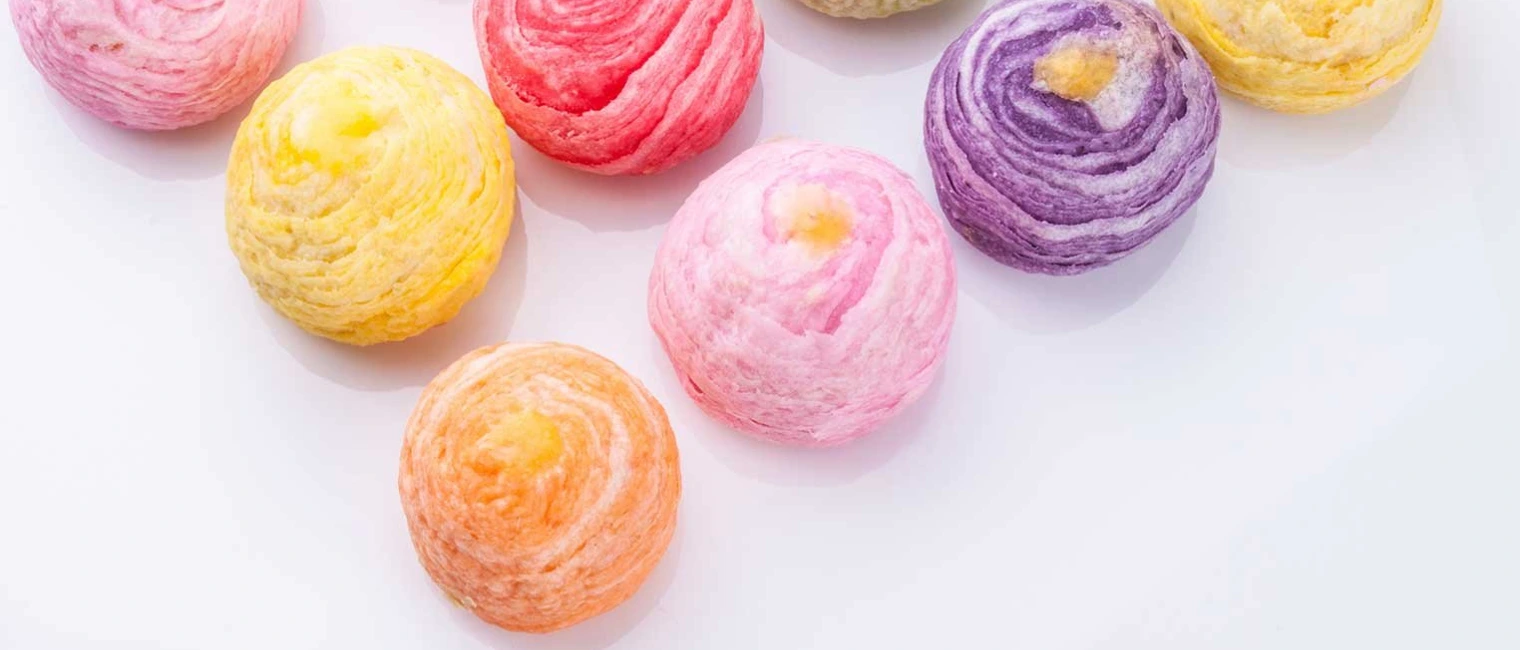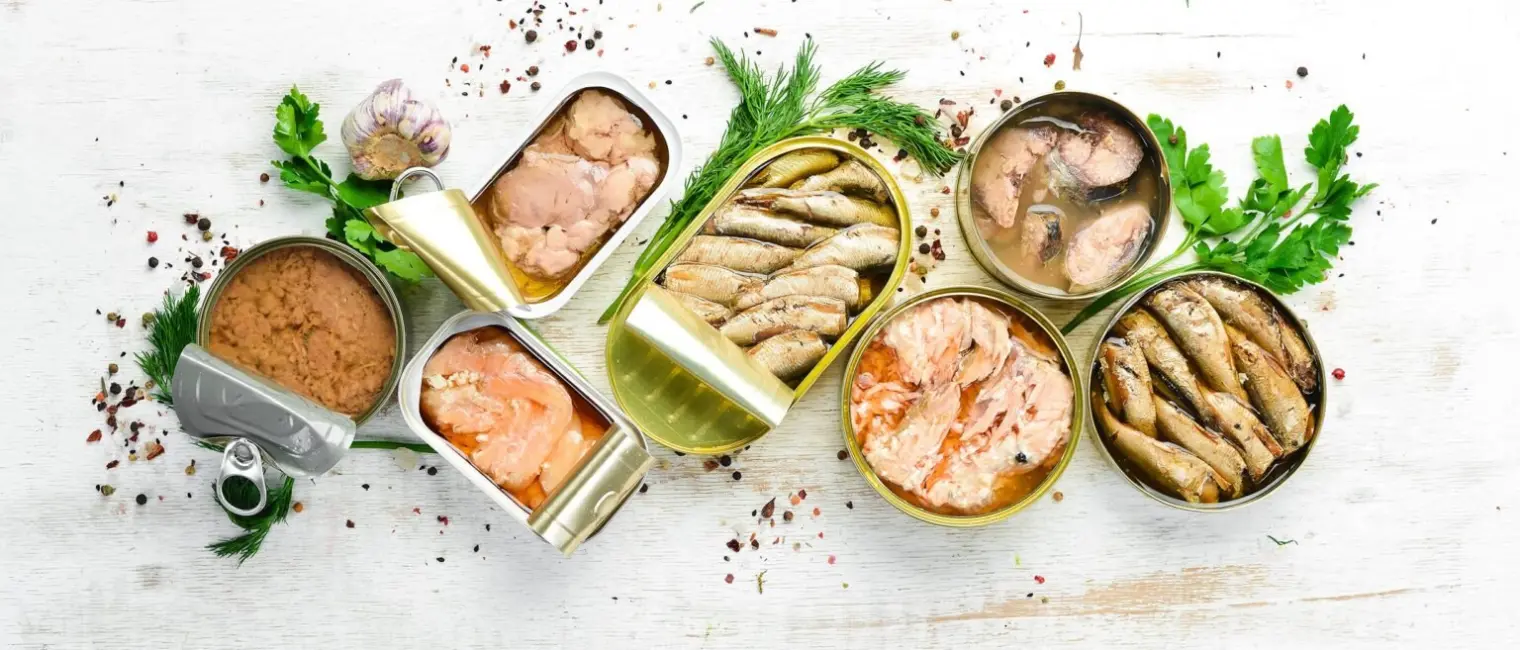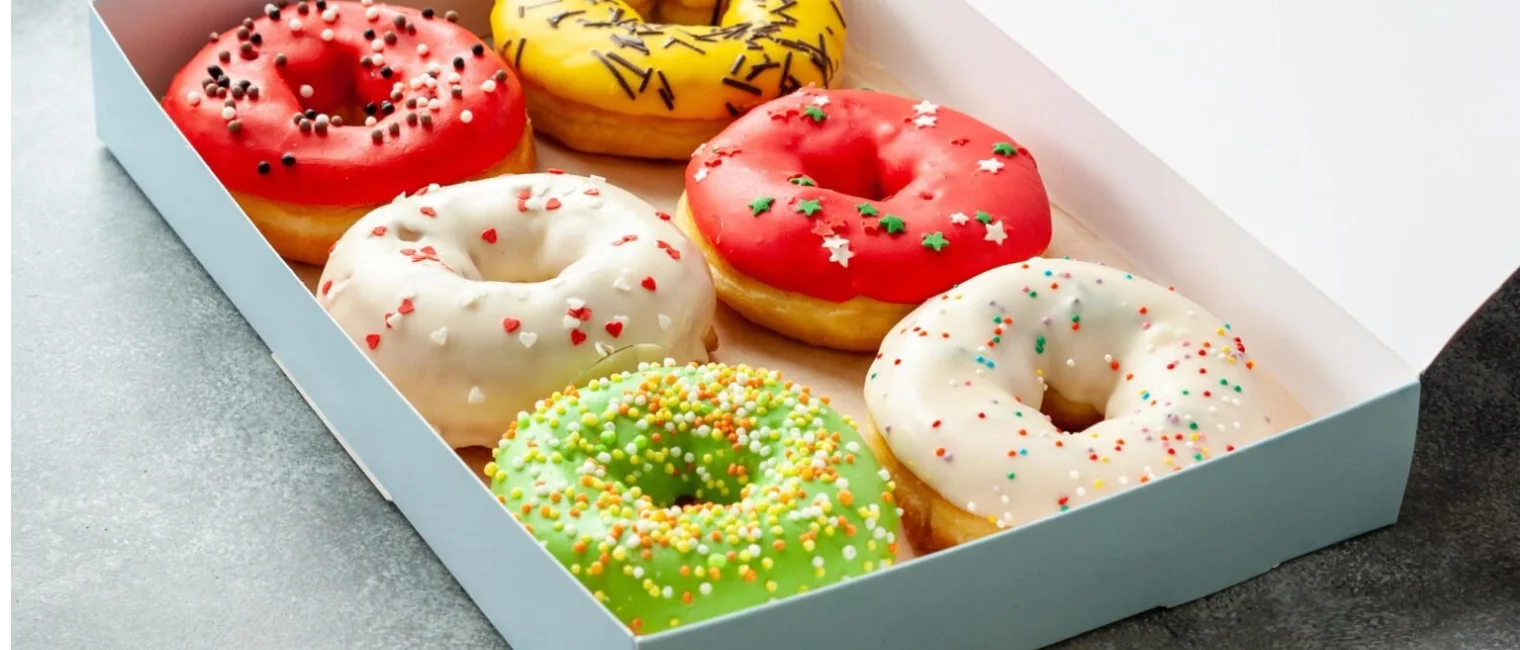Ever since it was first invented by Japanese Chefs centuries ago, Surimi – a fish-based food product, has been popular across the world in a variety of seafood dishes like sushi, crab sticks, and seafood salads. Due to its wide popularity and omnipresence in a wide range of seafood dishes, Surimi is often called as the “Hot Dog of The Sea”.
Meaning ‘ground meat’, Surimi was originally made from the meat of the Alaskan Pollock, a fish that was not traditionally eaten. Today, Surimi is made from a wide range of fish like the Cod, Haddock, and Whiting.
To make the Surimi, the fish are first deboned, minced, and washed to remove impurities, blood, and fat. They are then blended with other ingredients to make a thick paste-like substance. Since Surimi in its original form is white in color, it is a common practice to add food colors to enhance its visual appeal and make it more enticing to consumers.
The Importance Of Food Colors In Surimi
Due to its natural white color, Surimi becomes a blank canvas for Chefs and food manufacturers to bring in their creativity using a wide range of food colors. The color of Surimi is often used to differentiate between different types of seafood products like crab sticks which are commonly colored orange to imitate the color of real crab meat. Apart from enhancing the visual appeal of Surimi, food colors are also used to improve the taste and texture of the product.
Factors To Consider When Adding Food Colors To Surimi
1. Regulatory Compliance
2. Color Stability
3. Color Shade
The desired color hue and intensity entirely depends on the type of the final Surimi product that is being manufactured. For example, scallop meat-based products typically use white color to imitate the natural white color of scallops, whereas crab meat-based products often use orange color to imitate the color of real crab meat.
ROHA’s Wide Range Of Color Solutions For Surimi
Natracol – Natural Food Colors
Derived from fruits, vegetables, and other natural sources, Natracol’s range of food colors are perfect for food manufacturers looking to create Surimi with visually appealing hues while using natural, clean-label ingredients that can lend varying shades of red, orange, and pink to Surimi products to closely resemble the natural colors of crab, lobster, or shrimp.
To learn more, please visit http://roha.com/natural-colors-seafood
Futurals – Clean-Label Coloring Foodstuffs
Futurals is our wide range of clean-label food colors that are manufactured exclusively through physical processes with zero chemical interventions. Carefully calibrated to replicate the exact properties and color ratios of the original seafood, our Futurals and Futurals Pro range of food colors lend excellent non-bleeding properties and versatility to a wide range of Surimi products.
To learn more, please visit http://roha.com/clean-label-colors-seafood
Both of these food color lines can be effectively utilized in Surimi production, depending on the specific requirements and preferences of the manufacturer. To learn how we can co-create customized food color solutions for your seafood offerings, get in touch with us.






Global
Simpsons